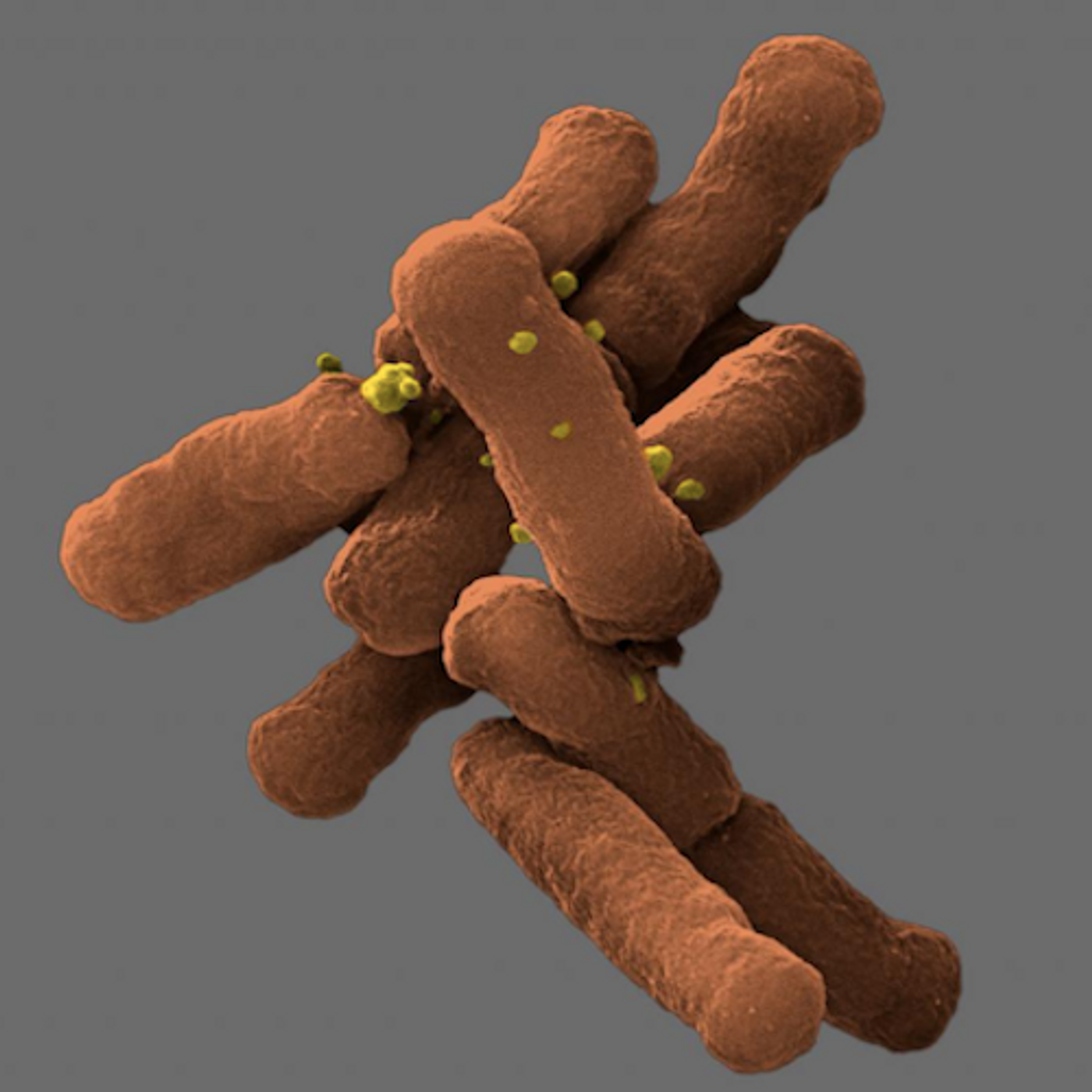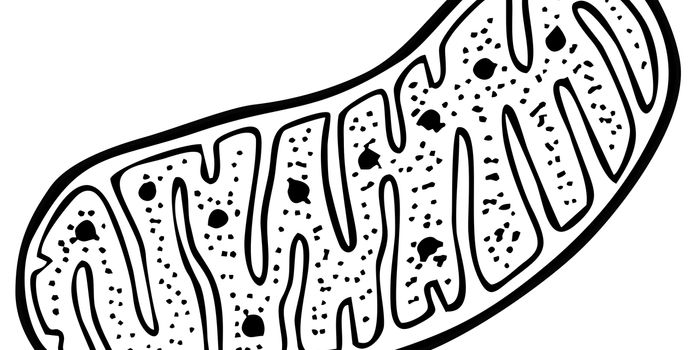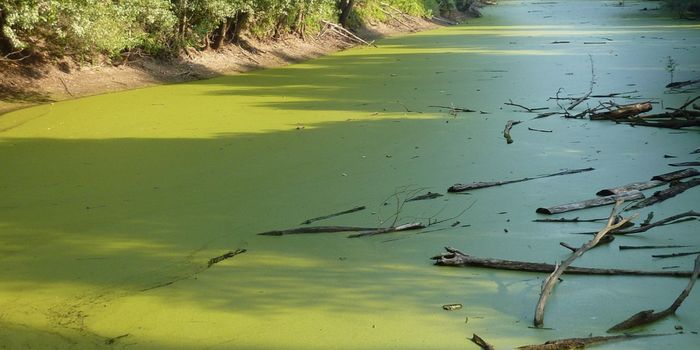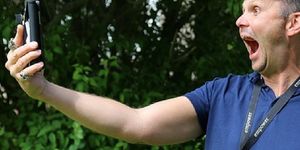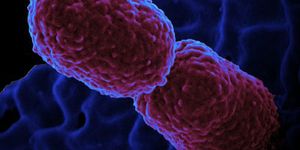Advances in the Study of the Oral Microbiome
Scientists are learning more about the microbes that we carry in and on our bodies. As techniques in this research field have been refined, we now know that we have about one human cell for every bacterial cell, but when you compare genes, we carry far more bacterial genes in our bodies than human genes. That means that these microbes are exerting a major influence on our health and well-being. While many studies have focused on the community of microorganisms that we carry in our guts, research on the bacteria in the rest of our bodies is starting to get more attention.
The human oral microbiome database has now been established to aid in that research. Called eHOMD, for expanded Human Oral Microbiome Database, it is an index of microbial species that live in the respiratory tract and mouth. It’s freely available online. So far there are 772 species cataloged.
"The expanded HOMD will provide a wealth of information for researchers worldwide who are beginning to recognize the connection between oral health and overall wellness," said Wenyuan Shi, CEO and Chief Scientific Officer at The Forsyth Institute.
Researchers at the Forsyth Institute recently added 80 species to eHOMD, after two years of work by several scientists.
"The expansion of HOMD will allow scientists studying all sections of the aerodigestive system, not just the mouth, to use a carefully curated database for the bacteria that live on and in the nose, sinuses, throat, esophagus, and mouth," said Floyd Dewhirst, Senior Member of Staff. "We have brought together key information and analytical tools for scientists and physicians to use to better understand human health and disease."
A little over half of the microorganisms in eHOMD have official names, while thirteen percent have been cultivated but remain nameless, and thirty percent are uncultivated. There is a temporary naming system in place so that researchers have some standardization among unnamed strains.
In an unrelated study, a scientist at Oak Ridge National Laboratory has successfully grown a new kind of bacterium found in the mouth; Desulfobulbus oralis grows in adults that have advanced gum disease, called periodontitis.
The investigators used classical microbiology techniques along with modern genomics and metabolomics to isolate and grow D. oralis. Now it will be possible to learn more about this bacterium, providing insight into its evolution and pathogenicity.
"Oral microbiology is a mature discipline, yet there are still many species that lurk in our mouths that have yet to be cultured and characterized," said ORNL's Mircea Podar. "Discovering new information about the so-called 'dark microbiota' could be used to develop future alternative treatments and possible prevention of periodontitis, tooth decay and other oral diseases."
The oral microbiome is discussed (starting around 14:38) along with a few other topics in this episode of Microbial Minutes from the American Society for Microbiology.
Sources: AAAS/Eurekalert! Via Forsyth Institute and via International & American Associations for Dental Research
